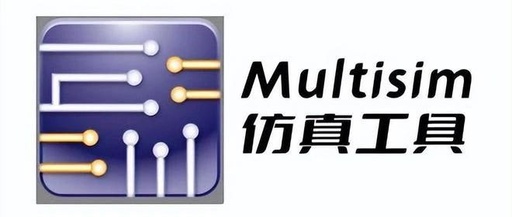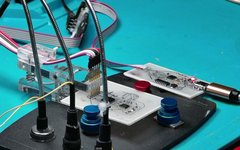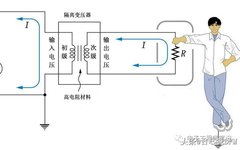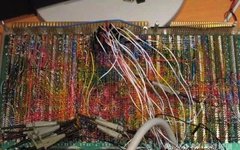Essential for Electronic Engineers: Efficient Learning Guide for Multisim
Get the cloud drive link in the comment section at the end 1 – A Concise Tutorial on Basic Electronic Technology Simulation with Multisim 2 – Application of EDA Software MultiSim in Electrical and Electronic Technology Experimental Teaching 3 – Multisim Schematic Input, Simulation, and Programmable Logic 4 – Multisim 11.0 Tutorial 5 – Multisim … Read more









